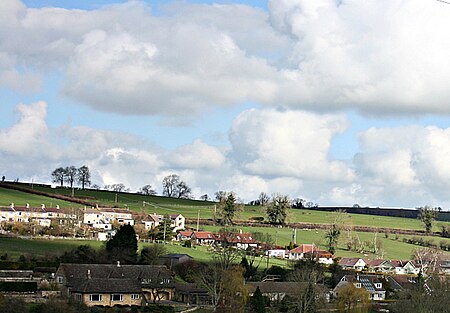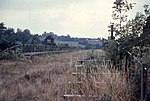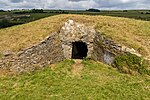The Somerset Coal Canal (originally known as the Somersetshire Coal Canal) was a narrow canal in England, built around 1800. Its route began in basins at Paulton and Timsbury, ran to nearby Camerton, over two aqueducts at Dunkerton, through a tunnel at Combe Hay, then via Midford and Monkton Combe to Limpley Stoke where it joined the Kennet and Avon Canal. This link gave the Somerset coalfield (which at its peak contained 80 collieries) access east toward London. The longest arm was 10.6 miles (17.1 km) long with 23 locks. From Midford an arm also ran via Writhlington to Radstock, with a tunnel at Wellow.
A feature of the canal was the variety of methods used at Combe Hay to overcome height differences between the upper and lower reaches: initially by the use of caisson locks; when this method failed an inclined plane trackway; and finally a flight of 22 conventional locks.
The Radstock arm was never commercially successful and was replaced first with a tramway in 1815 and later incorporated into the Somerset and Dorset Joint Railway. The Paulton route flourished for nearly 100 years and was very profitable, carrying high tonnages of coal for many decades; this canal helped carry the fuel that powered the nearby city of Bath.
By the 1880s, coal production declined as the various pits either ran out of coal or were flooded and then closed. In 1896 the main pump at Dunkerton, which maintained the canal water level, failed. The resultant lowering in level meant that only small loads could be transported, which reduced revenue, thus the canal company could not afford a replacement pump.
The canal became disused after 1898 and officially closed in 1902, being sold off to the various railway companies who were expanding their networks.
In September 2014, restoration work began on the canal section from Paulton to Radford, with the aim of restoring the entire canal to navigation in the future. The largest canal drydock in England has been revealed at Paulton; culverts and bridges nearby are being reinstated or rebuilt; and about 2⁄3 mile (1 km) of canal from Paulton to Radford has been in water since mid-2015.










